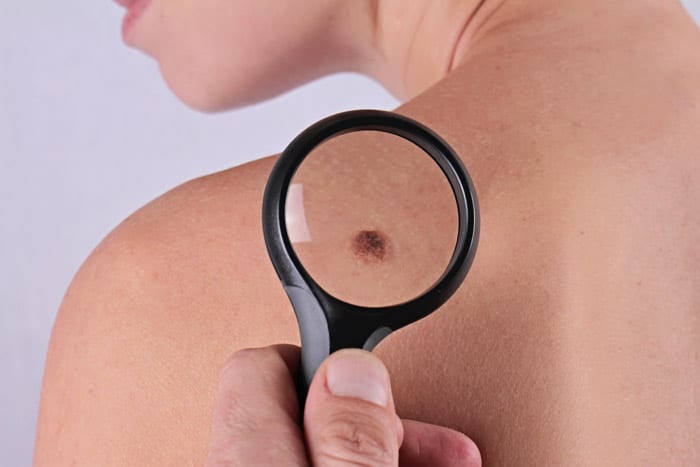
Advertisement feature
King’s College Hospital London, Medical & Surgical Centre – Abu Dhabi shared some helpful advice and tips for checking your skin and moles to protect yourself against skin cancer.
Moles and Skin Cancer Screening
When it comes to your health and skin cancer, it’s a good idea to be proactive and keep an eye out for dangerous moles. Moles can be linked to skin cancer. This is especially true if you have a family history of skin cancer linked to moles.
In addition to limiting your exposure to sunlight and using sunscreens, examining yourself for moles can help with early detection of melanoma and treatment.
Skin Cancer Screening Schedule
If you have developed new moles, or a close relative has a history of melanoma, you should examine your body once a month. Most moles are benign (non-cancerous). Moles that are of greater medical concern include those that look different than other existing moles or those that first appear in adulthood.
If you notice changes in a mole’s colour or appearance, you should visit Dr Badreya Alshehhi, King’s Dermatology Specialist, and get it evaluated. You also should have moles checked if they bleed, ooze, itch, appear scaly, or become tender or painful.
What Should I Look for When Examining My Moles?
Examine your skin with a mirror.
The following ABCDEs are important signs of moles that could be skin cancer. If a mole displays any of the signs listed below, have it checked immediately by a dermatologist:
- Asymmetry: One half of the mole does not match the other half
- Border: The border or edges of the mole are ragged, blurred, or irregular
- Color: The mole has different colours or it has shades of tan, brown, black, blue, white, or red
- Diameter: The diameter of the mole is larger than the eraser of a pencil
- Evolving: The mole appears different from others and/or changing in size, colour, shape
Keep in mind that some melanomas may be smaller or does not fit the other characteristics. You should always be suspicious of a new mole.
The most common location for melanoma in men is the back; in women, it is the lower leg.

Tips to Consider for Skin Cancer Screening
Keep these tips in mind when screening your moles for skin cancer:
- Use a full-length mirror if you have one. Start at your head and work your way down, looking at all the areas of your body .Also be sure to check the “hidden” areas: between your fingers and toes, the soles of your feet, and the backs of your knees.
- Keep track of all the moles on your body and what they look like. Take a photo and date it to help you monitor them. This way, you’ll notice if the moles change. If they do change in any way (in colour, shape, size, border, etc.) see Dr Badreya for the right evaluation.
For more information visit www.kchclinics.com.
